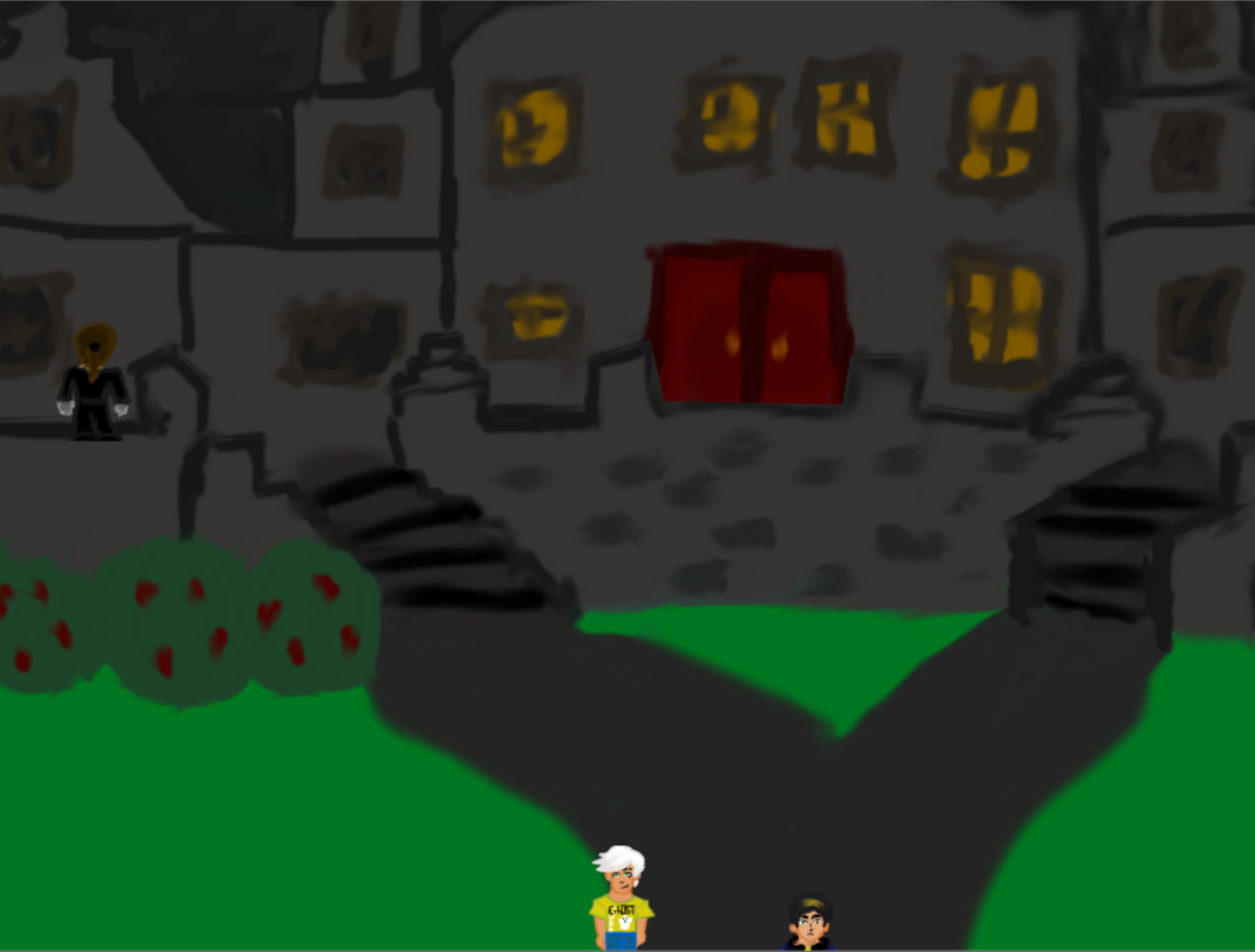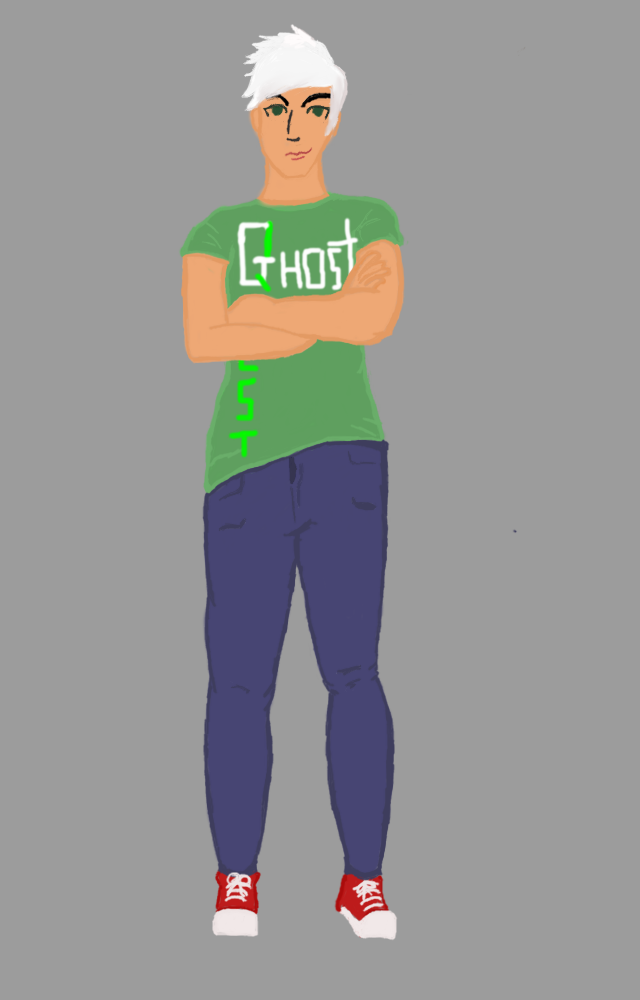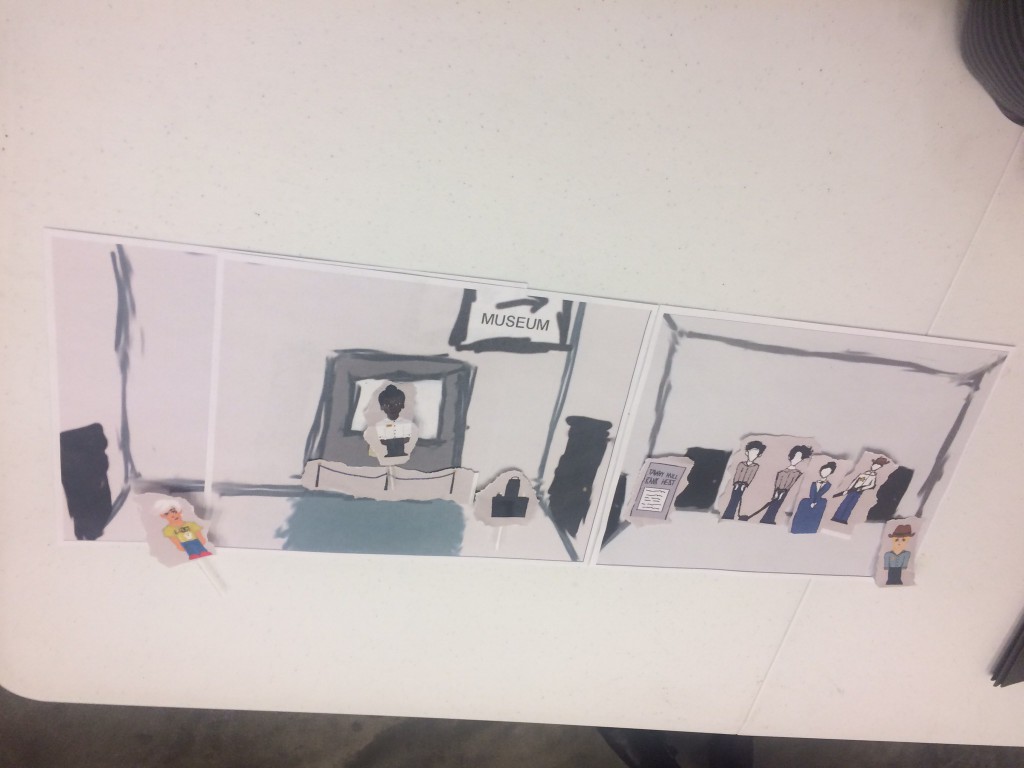
The radical element in my story is in the link between emotional burden and literal danger. All humans have skeletons in their closets, but in the town of Tawny Mill the things that haunt them might at any moment literally haunt them. The ghosts which pursue Casper over the course of the story are literal manifestations of the conflicts within others: a woman’s obligation to maintain the legacy of her deceased ancestors, another’s conflict about her murdered brother, or a literal demon linked to a disgraced exorcist to name a few possible levels. Moreover, these hauntings are much like the traumas people encounter every day in that over the years one becomes desensitized to them. The people Casper deals with in his quest have lived with real ghosts and so do not acknowledge them, rather allowing them to become an ingrained part of the subconscious. They can only be scared by the ghosts (problems) which the ghost hunters manufacture for them. Likewise, it takes the intervention of an external force (the ghost hunters) to cause the characters to confront their issues.
In the levels constructed this term, I focused on the establishment of a manufactured haunting. Casper acquires a costume which he can use to frighten the people occupying the mansion, but must select his second choice in costume as his first has mysteriously disappeared. The first costume, that of Sheriff Wycome, is associated with a man whom the museum is fixated on, to the point that his descendant feels obligated to put on his mask in order to run her business. Through dialogue, she is repeatedly shown to be unhappy despite her constant attempts to present a positive face and call herself the “Sheriff”. When Casper goes to steal the Sheriff’s costume and it has disappeared (followed by footsteps), it represents the fact that by trying to find out about town problems he has inadvertently opened himself to the suffering that involves.
This is furthered by the fact that both her and her only employee are only smiling when the player is nearby. When the sheriff dummy is collided with for the first time, a “spooky” sound plays, signifying that he will be a figure associated with a haunting. When the sheriff disappears, it is accompanied by strange footsteps and the destruction of the music option. This foreshadows the appearance of a real ghost in the next level, and indicates that the area is no longer a welcoming one.
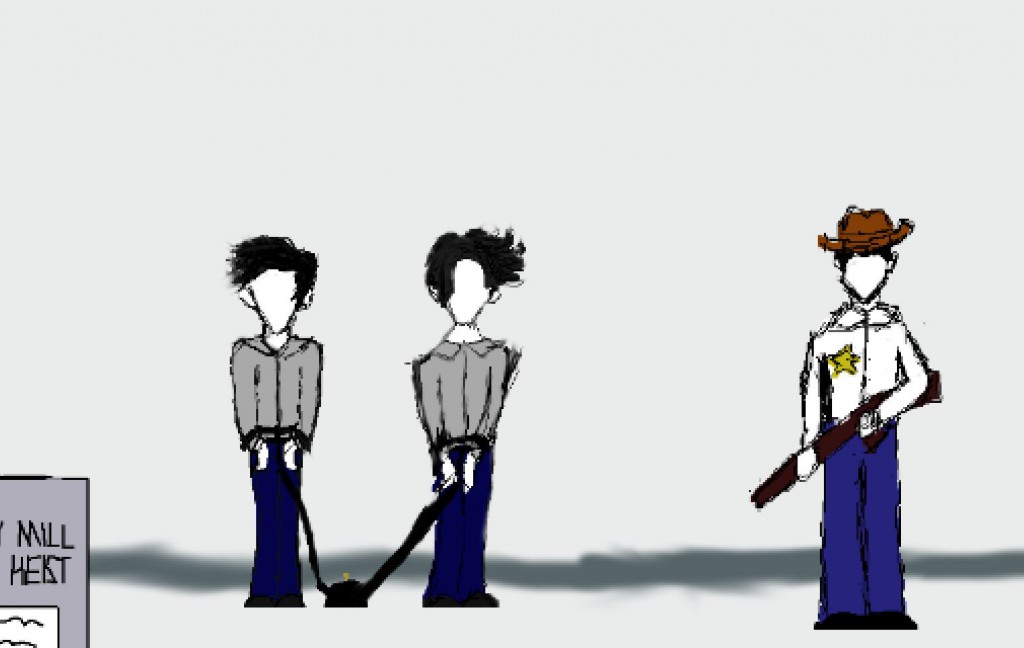
I attempted to surprise the player with the disappearance of the sheriff ghost. The position of this set of levels (both in this standalone version of the game and in the completed version of the game that I envision) this is the first implication that ghosts really exist. Casper and Becca speak about ghosts as a thing to fabricate, and seem to be old hats at tricking people into believing in fake ghosts, and so initially the story is positioned to be one with no hauntings. This of course means that many players are going to assume that there must be a ghost eventually – almost everyone who has played the game has said in the first room/when I explain the concept that they hope there’s a real ghost – and so the surprise has to be in when the ghost appears. I position the sheriff as being the mannequin that Casper will steal a costume from by making him a prominent figure in the back of the museum – in early playtests, most people expected they’d get the sheriff costume – and then make him disappear. His prominence, which is what drew people to him prior, is in fact the thing that brings him back to life as a spectre.
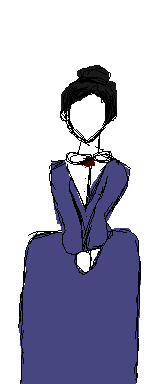
My game needs a few more hitbox animations to reach it’s full potential of interaction, but I believe that in it’s current state it is still entertaining. Most people that have played it comment on the fact that they enjoyed the dialogue and the music, and found the art style cute and expressive.
I’d like to push the player more into choice and conflict by presenting options to gain more influence in the hauntings at the cost of the NPCs relationships to one another. This would likely also increase the presence of the real ghosts, rather than the resolution of them. I’d want to offer some different ways that the player could pull information from the NPCs, or in the later phases solve the crises that the NPCs are having, so that the players can choose how to interact with the world. I’d also like those options to result in different items to “haunt” the house with, to account for different strategies and playstyles. At some point I think I probably will have to provide choice in dialogue, because this is a game with quite a bit of dialogue-based narrative and I think it will make the player more engaged in that dialogue if they have input.
The one area in which I cannot give the player conflict or choice is in the haunting itself. Conning people into selling their property is not a moral action, and so it will be necessary to make the Casper and Becca amoral enough that people won’t chafe at the idea of following the plot without putting them in a frame of mind where they no longer care about hurting others (such as when playing games like Saints Row or Grand Theft Auto). In order to do this I’ll need to make the con seem not moral but at least less hurtful to the owners of the mansion in order to prevent the player from distancing themselves.
Right now, the concept of developing the interactions between characters, as well as the aesthetic character of the town, are what keep me enthusiastic about working on the game. I also reframed the way I develop each arc this term. Rather than being able to visit each location every day and develop the original hauntings over time, a new location is unlocked each day and the player uses the new haunting (or an old haunting) to scare the homeowners. After haunting using the new ghost, the next day will be divided into two parts: the first an opportunity to work to resolve the real hauntings caused the previous day and the second uncovering new hauntings to fake.
